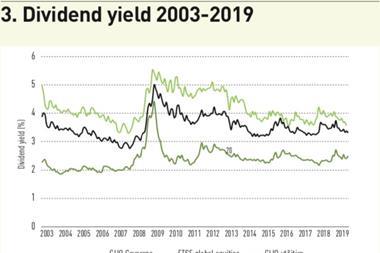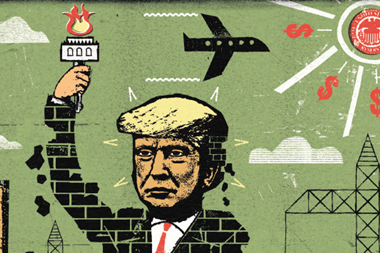Over the last decade, private investment in new global infrastructure has been around $100bn (€109bn) annually, a shortfall in the amount needed to provide adequate infrastructure, according to a Global Infrastructure Hub (GI Hub) report.
In 2017 GI Hub’s Global Infrastructure Outlook found the world was facing a $15trn gap between projected investment and the amount needed to provide adequate global infrastructure by 2040.
According to GI Hub, its Infrastructure Monitor 2020 report revealed that in 2019, only 25% of private infrastructure transactions occurred in new infrastructure investments, down from 64% in 2010. Private investment in social infrastructure declined to $3bn in 2019 from $19bn in 2010.
The inaugural global report revealed that Latin America, the Middle East and North Africa have been fast-growing regions for private investment, while Europe has seen the largest decline.
The Infrastructure Monitor 2020 report also revealed that the ”financial performance of infrastructure investments is better than is generally expected” and that infrastructure becomes more stable over time whilst other asset classes increase in risk.
Marie Lam-Frendo, the CEO of GI Hub said the Infrastructure Monitor report findings have significant implications for investors and regulators and are a building block on the road to infrastructure as an asset class.
“Private investment of $100bn per year is a drop in the ocean compared to the estimated $15trn global infrastructure financing gap.
“Whilst mobilising private capital is key, Infrastructure Monitor shows a lack of private sector appetite for new infrastructure investment.”
Lam-Frendo added that now is the time for the industry to explore other options, with true partnership between the public and private sectors, to help close the infrastructure gap.
“This has become critical as governments around the world face fiscal challenges as a result of the COVID-19 pandemic.”
To read the digital edition of the latest IPE Real Assets magazine click here.











